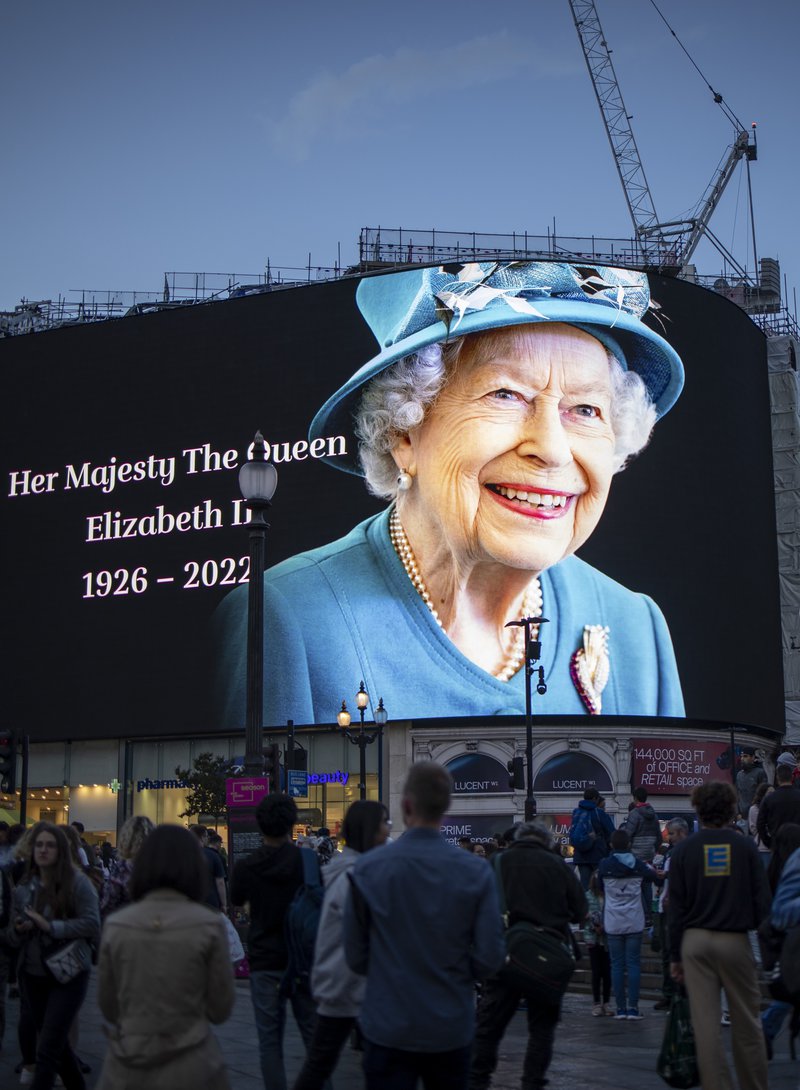Long-term resident
MY KINGDOM FOR A HORSE
By now there cannot be a living soul in Catalonia who is unaware of last month’s passing and entombment of Queen Elizabeth II, broadcast with verve all over the world (here her face was all over the covers of the gossip magazines, as if she were just one more divorced model or TV chef). For me (and probably many other UK citizens born after 1952) she was a kind of figurine who popped into view at regular intervals over seven decades, doing the full gamut of the queeney things that fell to her lot: visiting Commonwealth countries, hosting ceremonial dinners, greeting new prime ministers, asking people she didn’t know from Adam what they did, and so on. Whatever your views on monarchies, it cannot be denied that she did her job as professionally as any other conscientious employee, albeit while living in the type of clover most hard-working people never get to sample a whiff of (I once came across one of her employees, who was on the security detail at the palace; “the wine’s so good,” he said, “you can fucking smell it from a distance.”).
But what I really remember about the royal family are the cracks which began to appear in their previously impregnable carapace as soon as the Queen’s children came of age: Ann married an army officer called Mark Phillips, the two of them laughingly admitting in their first interview together that they never read books except for trash they picked up for long-haul flights; Phillips was soon publicly escorting younger women into night clubs (or was it the other way round?); and while a bored Princess Diana roller-skated to the sound of Duran Duran along the corridors of Buck House, Charles maintained trysts with an older woman called Camilla Parker-Bowles, which eventually led to the unforgettable wish on the part of the heir to the throne to be reincarnated as a Tampax (he used the brand name) so that he could be inside her for extended periods of time; meanwhile, he was busy making controversial statements about modern architecture, setting up an alternative food and medicine company (’Duchy Originals’) even as he claimed that coffee enemas could cure cancer; and then, of course there was Prince Andrew’s marriage to Sarah Ferguson, she of the sucked toes on the beach (and sex while pregnant with a regal child) courtesy of an American billionaire; while Andrew, he of the photograph taken with his arm round a 17 year old girl at the London house of convicted paederast Jeffrey Epstein, he claimed he couldn’t recall that moment at all (he later bestowed an out-of-court fortune on the alleged victim); and then there has been Edward, who started a TV production company in 1993 (Ardent Productions) which lost money hand over fist before closing down in 2009 with assets totalling €45.
In short, the image of the British Royal family, with the single exception of Elizabeth II, has been that of just about any other dysfunctional family, with its infidelities, failed businesses, crackpot ideas etc., with the difference that in this case each and every dysfunction has been under the pitiless magnifying glass of the tabloid press. By comparison, the Spanish royal family - which, if anything, has been considerably more dysfunctional - was protected for years by laws that could jail scandal-mongering journalists for up to a decade. Not any more: for those who would care to see this long-term cover-up uncovered, all you need to do is watch the new HBO Max documentary ’Salvar al Rey’, in the comfort of your own homes.
opinion


